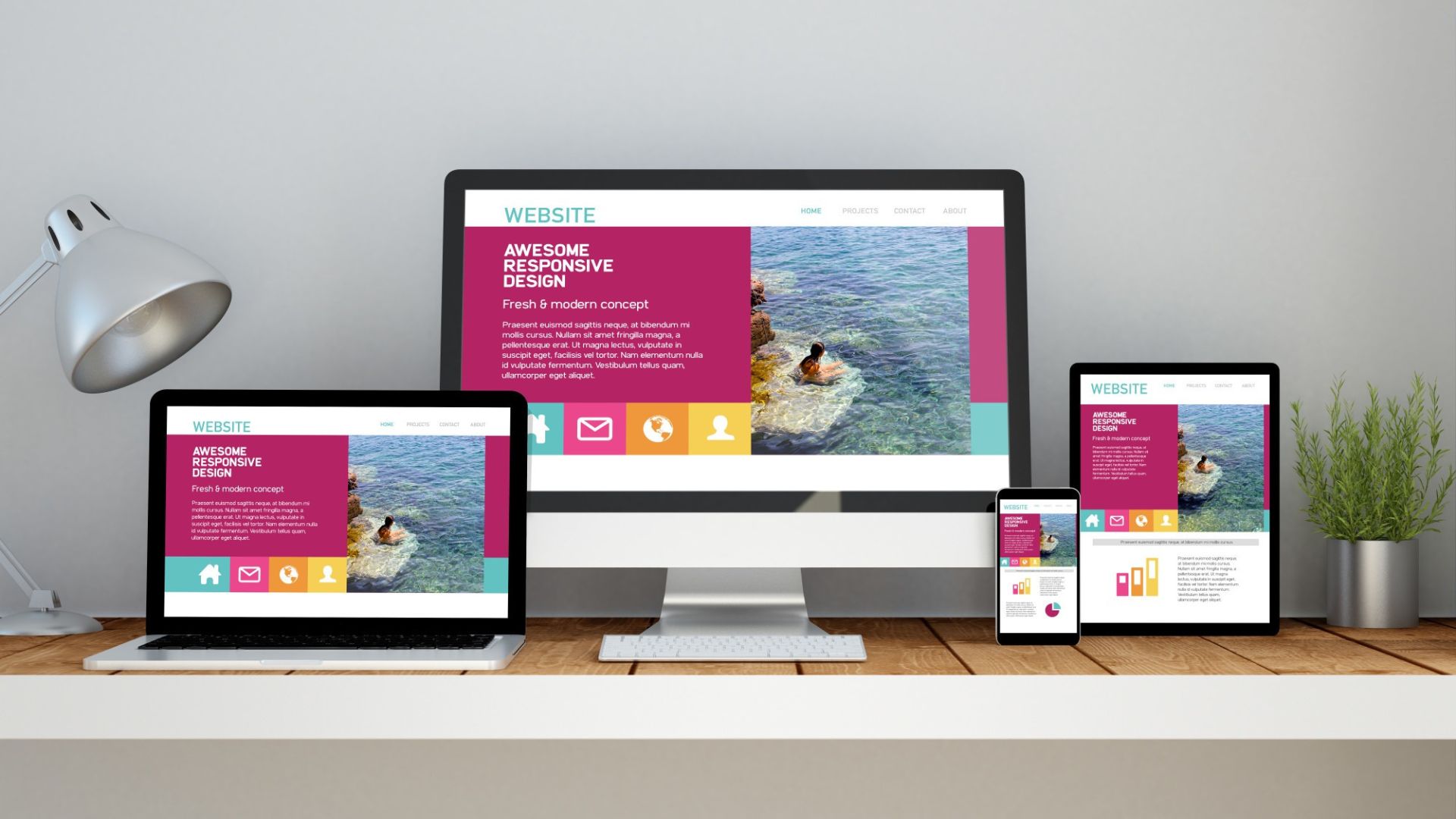
Harare’s Creative Hub: How speMEDIA Navigates Local Markets
November 8, 2023
E-commerce Excellence: Boosting Sales with speMEDIA
November 15, 2023|
Getting your Trinity Audio player ready...
|
In an era where digital presence is integral to businesses, the environmental impact of web design cannot be understated. speMEDIA recognizes the responsibility that comes with shaping the online landscape and is committed to weaving sustainability into the fabric of our digital creations. Therefore, this blog post explores how speMEDIA’s web designing practices are driving towards a more sustainable future.
Reducing the Digital Footprint
Energy-Efficient Servers
The journey toward sustainability begins with the infrastructure. speMEDIA employs energy-efficient servers to power websites, reducing the carbon footprint associated with server operations.
Streamlined Coding Practices
Efficient coding not only enhances website performance but also contributes to energy conservation. speMEDIA practices streamlined coding to optimize websites for both user experience and environmental responsibility.
Tailoring Sustainability to Brand Identity
Customization for Industries
Sustainability is not a one-size-fits-all concept. speMEDIA customizes sustainable web design practices to align with the specific needs and goals of different industries, ensuring that environmental responsibility complements brand identity.
User Experience (UX) and Brand Cohesion
A sustainable website doesn’t compromise on user experience. speMEDIA ensures that sustainable design elements seamlessly blend with a client’s brand identity, providing an intuitive and aesthetically pleasing online experience.

Web Designing for a Sustainable Future speMEDIA
Optimization for Performance and Efficiency
Positive Impact on Loading Times
Contrary to the misconception that sustainability hampers performance, speMEDIA proves that eco-friendly web design positively impacts loading times. Therefore, optimized code and efficient design elements contribute to faster website performance.
Eco-Friendly Technologies
speMEDIA stays at the forefront of eco-friendly technologies, integrating them into web design projects. This is from server-side technologies to client-side optimizations, our approach prioritizes technologies that align with sustainable practices.
Measuring Impact and Progress
Environmental Metrics
speMEDIA employs metrics to measure the environmental impact of web design projects. Moreover, this includes assessing server energy consumption, website loading speed, and other key indicators to gauge the sustainability of our digital creations.
Continuous Improvement
The commitment to sustainability is an ongoing journey. speMEDIA outlines its dedication to continuous improvement, with a focus on adopting even greener practices and staying informed about the latest advancements in sustainable web design.
Client Collaboration for a Greener Digital Landscape
Active Client Participation
Clients play a crucial role in promoting sustainability through their online presence. speMEDIA encourages active client participation in incorporating eco-friendly features, optimizing content for efficiency, and supporting the use of sustainable technologies.
Shared Responsibility
The digital landscape’s sustainability is a shared responsibility. speMEDIA collaborates closely with clients to create websites that not only meet business objectives but also contribute positively to the planet.
Conclusion: Pioneering Sustainable Web Design
In conclusion, web designing for a sustainable future is not just a vision but a reality spearheaded by speMEDIA. From reducing the digital footprint to optimizing for performance and efficiency, our approach to web design. This reflects our commitment to environmental responsibility. Join us in pioneering sustainable web design practices and shaping a digital landscape that is both innovative and eco-conscious. Therefore, together let’s build a future where every click contributes to a greener planet.
FAQS
How does web design contribute to environmental responsibility?
Web design impacts the environment through the energy consumption of servers and the carbon footprint associated with digital activities. Therefore, speMEDIA addresses this by adopting eco-friendly server practices and efficient coding to minimize our digital footprint.
What measures does speMEDIA take to reduce its digital footprint in web design?
speMEDIA employs energy-efficient servers and practices streamlined coding to reduce our digital footprint. We prioritize technologies that minimize energy consumption, contributing to a more sustainable digital landscape.
Can sustainable web design practices be customized for specific industries or businesses?
Absolutely. speMEDIA’s sustainable web design practices are adaptable and can be customized to meet the specific needs and goals of different industries or businesses. Also, we believe in creating solutions that align with our clients’ sustainability objectives.
How does speMEDIA ensure that sustainable web design aligns with a client’s brand identity?
Our sustainable web design approach includes a thorough understanding of a client’s brand identity. We tailor design elements to align with the brand while incorporating eco-friendly practices, ensuring a seamless blend of sustainability and brand aesthetics.
What role does user experience (UX) play in sustainable web design?
User experience is pivotal in sustainable web designing. An intuitive and efficient user interface not only enhances the user experience but also contributes to reduced energy consumption. speMEDIA prioritizes sustainable UX principles in all our web design projects.
You may find this useful:
- Sustainable Solutions: Custom Printed Biodegradable Paper Bags for a Greener Future
- Branding Wisdom from speMEDIA | Print to impress
- What is a Brand Designer?
- A Comprehensive Guide to Successful Corporate Logos



